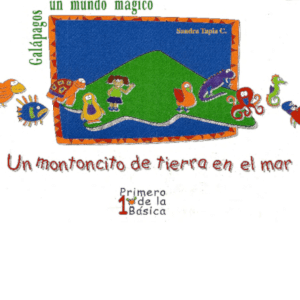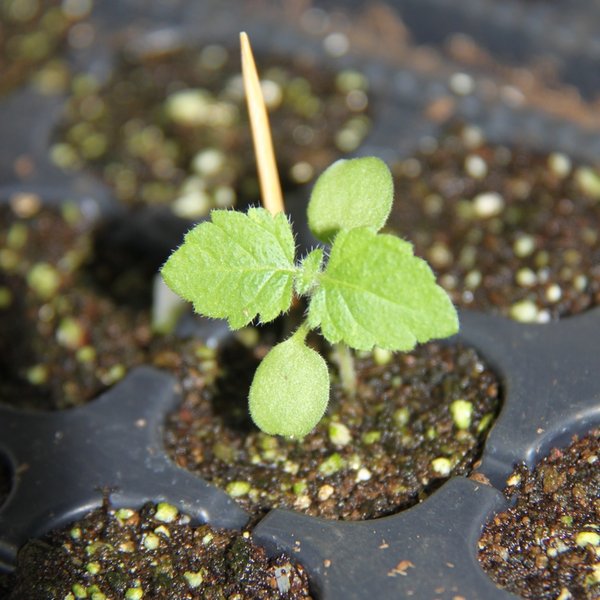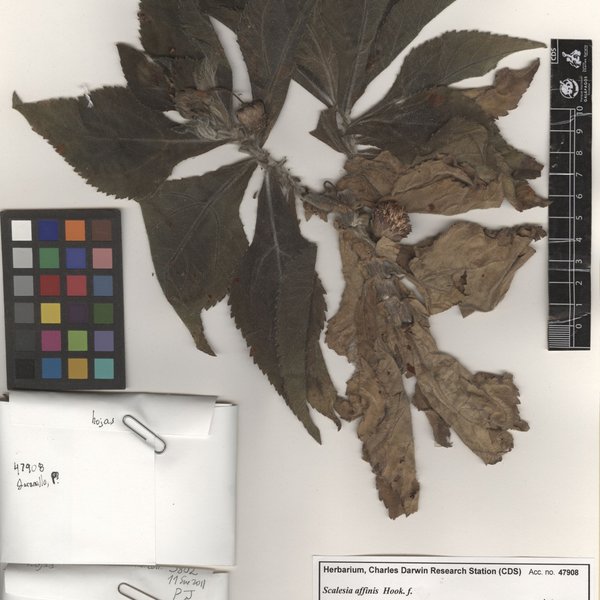Results
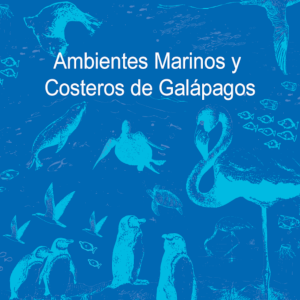
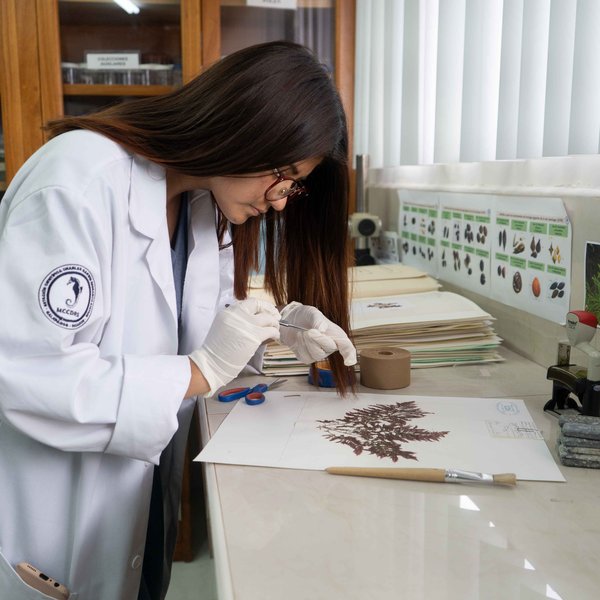
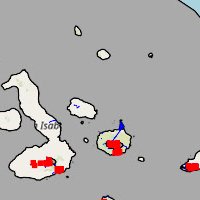


Ana de la Torriente joined the Charles Darwin Foundation (CDF) in May 2025 as a research specialist for the Deep Ocean project, aiming to advance knowledge of deep-sea ecosystems in the Eastern Tropical Pacific, particularly those surrounding the Galápagos Islands. Her work focuses on understanding the ecological processes that determine the status, health, resilience, and conservation value of these unique habitats.
Ana holds a PhD in Marine Conservation and Management from the University of Cádiz (Spain), and her career has centered on the study of deep benthic communities associated with seamounts and continental shelves. Using technologies such as remotely operated vehicles (ROVs) and photogrammetric sleds, she has explored biodiversity through underwater imagery, with a special focus on sponges and corals—key ecosystem engineers in lightless environments.
Before joining CDF, she worked at the Spanish Institute of Oceanography, where she studied benthic biodiversity and its interaction with human activities such as fishing, aquaculture, and offshore wind energy. She has also collaborated with organizations like Rewilding Chile and Oceana, promoting applied science projects for marine conservation.

Erika de la Cruz is a marine biologist and conservation enthusiast with a particular interest in fishing practices that promote the conservation of marine ecosystems and the well-being of communities. In 2024, she joined the Charles Darwin Foundation's “Shark Ecology” project as a volunteer for a period of one year, which was full of challenges and learning for her.Currently she is working as a Research Assistant for the project.
During her time at the Universidad Laica Eloy Alfaro de Manabí, she built fundamental bases for her profession, acquiring experience in monitoring sharks and rays in Manta with the scientific research group ShaRep. In 2021, Erika volunteered with the Galapagos National Park Directorate in monitoring sea turtles, this experience, besides being incredible, was enriching, especially in activities in remote areas.
Erika loves the sea, its sunsets and the magnificent colors it displays. She also enjoys activities such as scuba diving, cycling, gym, reading and learning more every day.
Protecting our oceans is protecting the future of life on Earth and it is a commitment we must make today to ensure a healthy and prosperous future for all.
